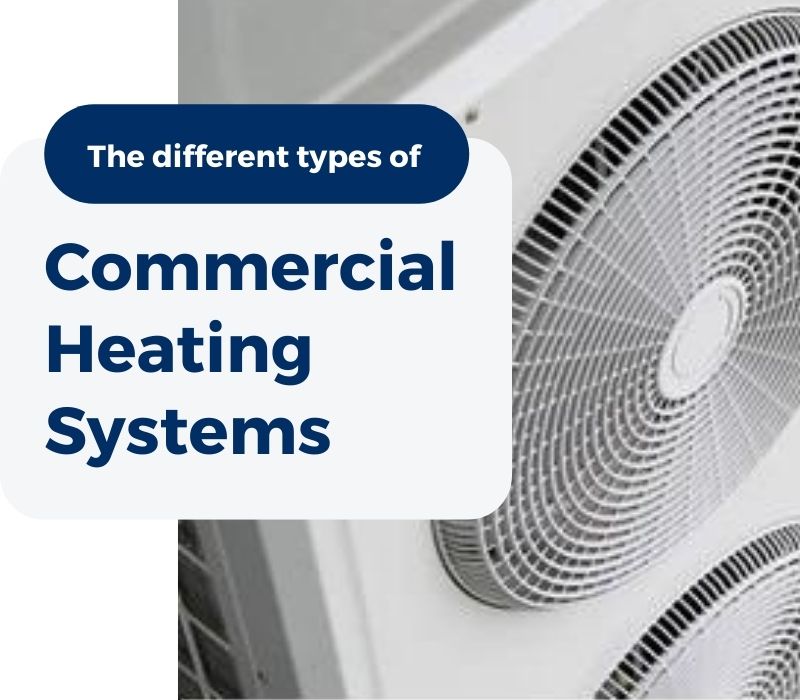At MJD we specialise in commercial heating, covering all types of installation, service and repair.
Heating a commercial building is vital for creating a comfortable environment, but with so many different heating options available it can be difficult knowing where to begin.
To help you get started, we’ve put together this informative guide on the different types of heating options available and how they work.
Gas and Oil Heating
Gas and oil boilers are generally more common in older buildings. They use gas or oil to heat water which is then sent to radiators throughout the building, or in some cases, water is used to create steam that is then sent through the pipe system.
While these systems are fit for purpose they could be more expensive to run than many alternative types of heating options as it can take a long time to heat the water whilst using a large number of resources.
Heat Pumps
Heat pump systems use a reversible heat pump that extracts the heat from the air outside and boosts it to a higher temperature using a compressor. It then transfers this heat to warm radiators and provide hot water. These type of systems consist of two units, the heat pump that sits outside the building and takes heat in from the environment and an internal module that houses the parts required to transfer heat to the central heating system. As they don’t rely on a fuel source, they are extremely efficient and can help you save on energy costs. Heat pumps can also extract heat from the ground. Ground source heat pumps extracts low-temperature solar energy stored in the ground or water using buried pipework and compresses this energy into a higher temperature.
Air Rotation Systems
Air rotation systems move large quantities of air at controlled temperatures. As hot air rises much of the valuable warmth is lost in the roof spaces. This system rotates air from the warm ceiling back down to the floor level. This maintains a consistent comfortable temperature and minimises heat losses. These type of systems work especially well in tall buildings like warehouses. As they don’t rely on a heat source they can save a lot of money on heating costs.
HVAC Systems
HVAC stands for heating, ventilation and air conditioning. These systems can heat a property in the winter and cool it in the summer. HVAC systems use air from the outside to provide high indoor air quality.
HVAC systems can generate heat using various processes i.e a furnace or boiler. Once generated, heat is transformed into the air and distributed throughout the building using powerful fans. This process is reversed when cooling with fans distributing cooled air rather than warmed air.
Under Floor Heating
Underfloor Heating is becoming more and more popular when heating commercial buildings due to its efficiency; often using 15-40% less energy than traditional radiators. Underfloor heating essentially turns the whole floor into a radiator. The large surface area means it doesn’t have to be a high temperature to warm the room, only a couple of degrees warmer than normal room temperature.

